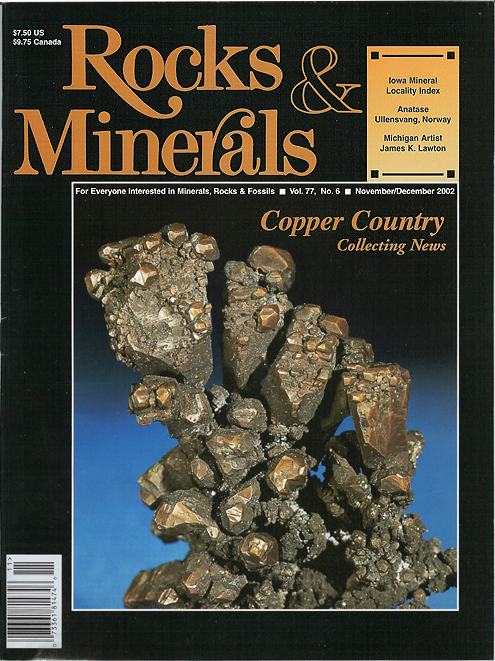Powered by:
 |
Messages can no longer be posted to these older discussion pages, but you are welcome to join the conversation on Today's Pasty Cam
Here's
a list of messages posted in the past 24
hours
See our guest
photo gallery for more great views from the U.P.
|

